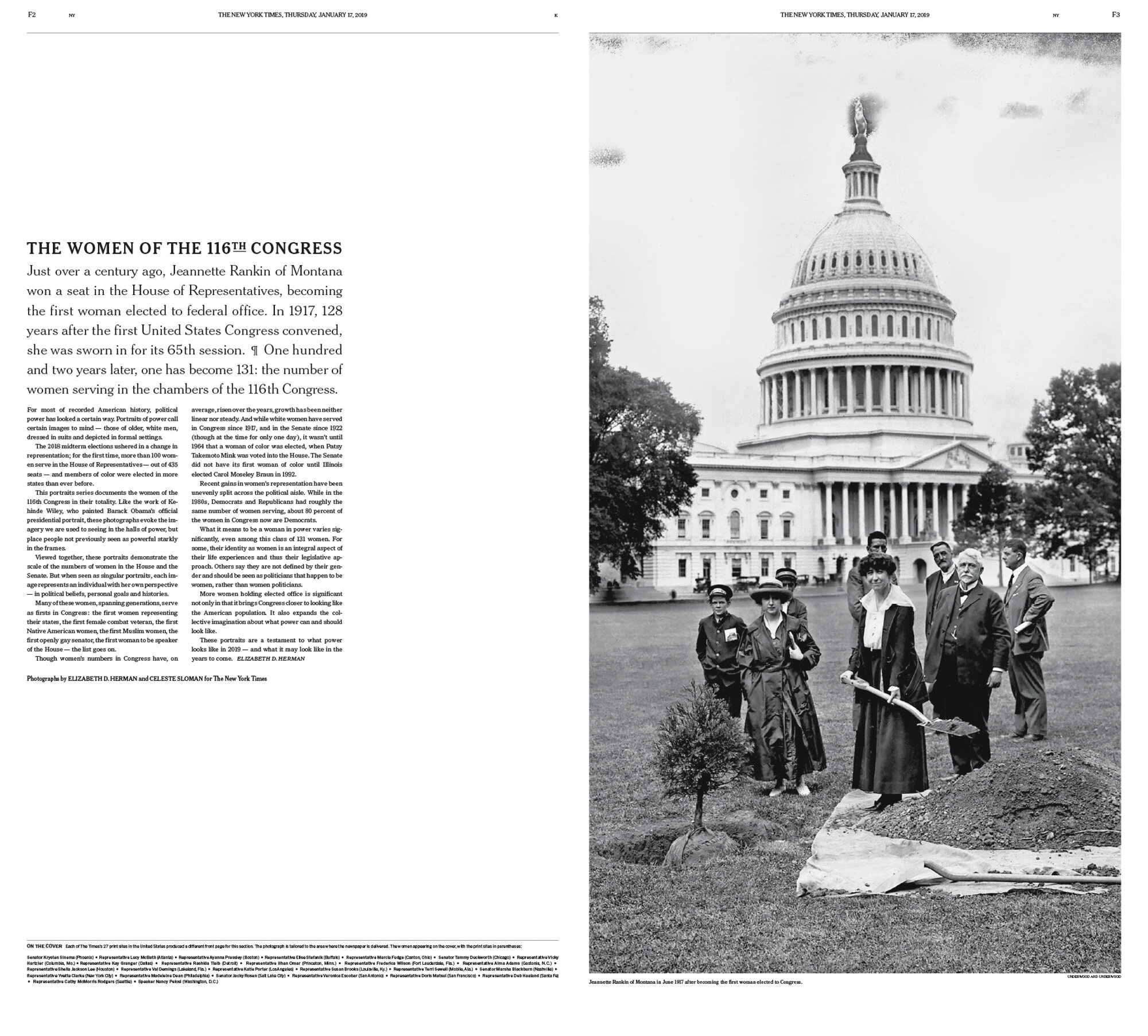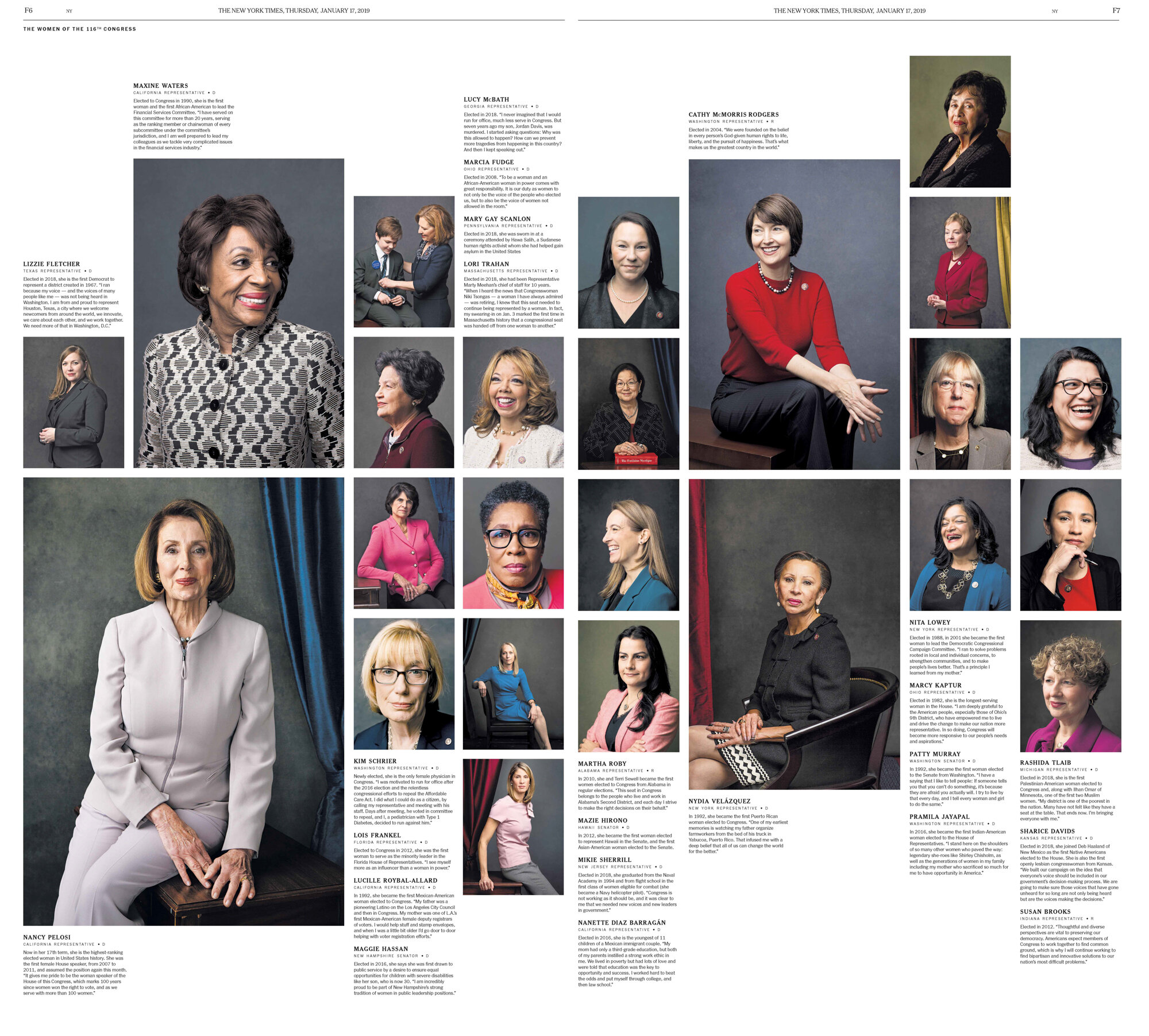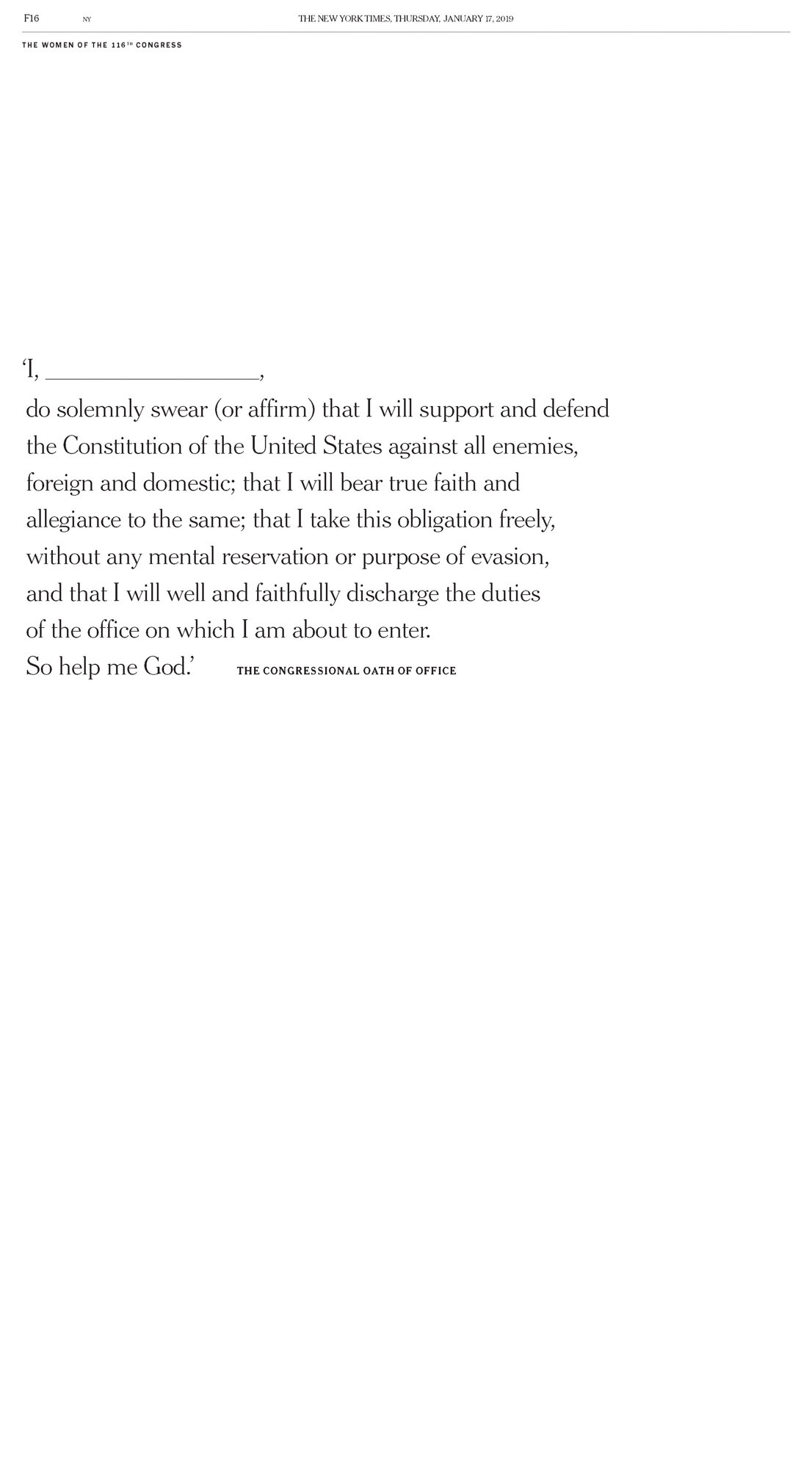This page showcases samples of my work, starting with data analysis and visualization, followed by multimedia journalism, then other research projects. Links to full works included.
Data Analysis & Visualization
📈 📊 📉
Global Trauma, Mental Health, and Community Cohesion
Conducted cross-national analysis of prevalence of trauma exposure, psychological, and social cohesion using publicly available data.
It is a challenge to understand variation in trauma exposure and mental health worldwide; data that are comparative and nationally-representative are hard to collect. Sourcing data from the World Health Organization (WHO) World Mental Health Surveys, I cleaned and constructed a cross-national dataset of national-level prior trauma exposure and mental health distress across 29 countries. Using R, I conducted data analyses and visualized how trauma exposure and mental distress varies across countries, as well as how variation in mental distress correlates with trauma exposure prevalence.
I next identified and cleaned relevant measures from the World Values Survey and merged these measures with the WHO data to examine covariation between mental distress and social cohesion. Analyses and visualizations done in R. Target audience was academic. Selection of visualizations available below.
Above: Proportion of national population reporting at least one trauma exposure, according to World Health Organization World Mental Health Surveys.
Below: Prevalence of lifetime mental health disorders, plotted against lifetime trauma exposure prevalence.
Below: Estimates of associations between psychological distress and measures of social cohesion. Each estimate represents a separate logit regression; estimates that do not cross the vertical dotted line at 0 represent statistically significant effects. All models include demographic controls and country fixed effects. Data are measured at the individual level in the second wave of the World Values Survey in 17 countries: Argentina, Brazil, Canada, Chile, China, Czechoslovakia, India, Japan, Mexico, Nigeria, Poland, the Soviet Union, South Africa, Slovakia, Spain, Switzerland, and the United States.
Drawn from: My dissertation research, which received the 2023 Best Dissertation Award from the American Political Science Association, Political Psychology Section. Full dissertation available here. I’ve also spoken about the research on the Talking Policy Podcast and with the Educators for Human Rights Institute.
Designing & Evaluating Anti-Trafficking Education Campaigns
Served as Research Manager for the Human Trafficking Vulnerability Lab and worked with the International Organization on Migration to design and implement research on human trafficking.
The four multi-year studies included designing and evaluating the efficacy of anti-trafficking education campaigns (separate studies conducted in Hong Kong, Nepal, and the U.S) and designing and implementing a nationally-representative survey assessing the prevalence of child trafficking in Jamaica.
Studies included collaborating with field partners and conducting interviews and focus groups to solicit input for both education campaigns and survey instruments evaluating their efficacy, conducting statistical analyses of randomized controlled trials evaluating the campaigns’ efficacy, creating data visualizations, authoring academic articles, and writing reports for public audiences to communicate findings.
Below: Visualizations of results from anti-trafficking educational training of employees at SFO airport, created to distribute to airport employees who participated in the training. Use arrows to navigate.
Below: Visualization of effects of anti-trafficking education campaign in Hong Kong on knowledge of migrant domestic workers’ rights. Results are reported by population (workers, employers, the general population) and by education campaign delivery modality (pamphlet versus video). Bars that do not cross the dotted vertical line at zero represent statistically significant effects.
Collaborators: Margaret Boittin, Cecilia Hyunjung Mo, Dennis Feehan, Guy Grossman, Sarah Rich-Zendel, and Soo Sun Yoo. Learn more at www.htv-lab.com.
Mental Health Treatment for Syrians in Za'atari Refugee Camp
Created videos for new mental health treatment for Syrian refugees living in Jordan and served on research team that evaluated treatment’s efficacy.
Filmed and edited 16 instructional videos in English and Arabic for new psychoeducational mental health treatment (The Field Guide) designed to mitigate psychological distress and improve emotion regulation for Syrian refugees living in Za’atari Refugee Camp.
Served as a co-principal investigator on the impact evaluation of the intervention, evaluating the efficacy of the treatment on mental health outcomes, and testing how improvements in mental health were associated with improvements in intergroup trust.
Work included conducting interviews and focus groups with community partners to develop the survey instrument to evaluate the treatment, training data collectors, monitoring data quality over three rounds of data collection within Za’atari Refugee Camp, cleaning data and constructing variables for analysis, conducting data analysis and visualization, authoring academic articles, and preparing data reports and visualizations for public audiences and community partners.
Below: Sample of instructional video that accompanied written mental health guide, which walked participants through a calming exercise. I filmed and edited (in Premiere) the 16 instructional videos in English and Arabic, including audio voiceovers (edited in Audacity).
Below: Visualization of how improvements in emotion regulation, driven by the mental health treatment, were associated with improvements in ingroup and outgroup trust among particpants.
Below: Data on Syrian refugee flows to top eight receiving countries, from 2010 to 2020.
Collaborators: Vivian Khedari, Michael Niconchuk, Sarah Beranbaum, Zakarya Alkareem, Basma Jaber, and Wendy D’Andrea. Full evaluation of The Field Guide available here. Paper on the impact of treatment-driven improvements in mental health outcomes on intergroup trust available here.
Multimedia Journalism
📷 📝 🎥
Two Women and 10,000 Miles on the Road to Suffrage
Used archival research to document the journey taken by two suffrage activists in 1916 in a convertible Saxon across the country and back. Published by New York Times Opinion.
The pair of suffrage activists drove in a convertible Saxon convertible (pictured above) through all sorts of weather and driving conditions. Their journey was widely reported on at the time, when automobile travel was novel and women driving even more so, but is little remembered today. Full story available here.
Below: Newspaper clippings from archival research, picturing Alice S. Burke and Nell Richardson.
Below: Visualization of Burke and Richardson’s route across the United States and back, totaling 9336 miles.
Collaborators: Marisa Schwartz Taylor.
The Women of the 116th Congress
Pitched project to The New York Times to document the women of the 116th Congress, co-photographed with Celeste Sloman. Ran as a special section in January 2019, later published as a book.
I pitched, researched, co-produced, and co-photographed The Women of the 116th Congress, which included portraits of 130 out of 131 women members of Congress, shot in the style of historical portrait paintings. Like the work of Kehinde Wiley, who painted Barack Obama’s official presidential portrait, the photos sought to evoke the imagery seen in the halls of power, but place people not previously seen as powerful in the frame.
Production involved working with editors Marisa Schwartz Taylor and Beth Flynn to contact and schedule all 131 women members of Congress in a studio setup on Capitol Hill. The story ran as a special section featuring 27 different covers, and was published as a book by Abrams Books with a foreword by Roxane Gay.
Below: Video presentation of the images from the project, with quotes interspersed.
Below: The 27 covers that ran with the special section, with members local to the printing region featured on each. Use arrows to advance to see tearsheets of the special section.
Below: Diptychs pairing current members of Congress with presidential portraits. Use arrows to advance.
Conducted additional research for the book, focusing on the history of women’s involvement in politics in the United States, focusing specifically on women’s membership in Congress, including biographies of historic women members of Congress. Elicited quotes from the offices of 130 of the women serving in the 116th Congress, and wrote introduction essay to special section and book.
Presentations about the work include: Vision Slightly Blurred podcast (with Beth Flynn), and Berkeley’s Institute for Governmental Studies webinar series (with Marisa Schwartz Taylor), The Getty Museum’s Shaping an Image: Political Women in History and Today lecture (on the visual style and approach).
Below: Timeline featuring major moments from women in American politics, created for the book.
Collaborators: Marisa Schwartz Taylor, Beth Flynn, Celeste Sloman, Jane Mitchell, Rumsey Taylor, Josh Williams, Fred Bierman, Tom Jolly, Wayne Kamidoi, Andrew Sondern, Kelly Doe.
A Woman’s War
Created multimedia and oral history project documenting the role of women in modern conflicts in Bangladesh, Bosnia and Herzegovina, Egypt, Northern Ireland, Vietnam, and the United States.
Made portraits, conducted interviews, and filmed video to document stories over 120 women involved in modern conflicts. Testimonies and additional portraits available here.
Above: Võ Thi Yên (top left) in Hue, Vietnam in July 2010, served as a member of the North Vietnamese Army. Kakon Bibi (top middle), in Dhaka, Bangladesh in September 2011, served as a freedom fighter in the 1971 Bangladesh Liberation War. A young girl (top right), who wished to remain anonymous in Cairo, Egypt in May 2012, was raped while participating in political protests in Tahrir Square during the Arab Spring. Dževada Trešnjo (bottom left) in Ilidža, Bosnia and Herzegovia in July 2012, served in the Bosnian Army Medical Corps and lost her hand while trying to protect a young boy who had been wounded. Begum Gulferdous (bottom middle) with her granddaughter in Comilla, Bangladesh in August 2011, served as a spy and weapons smuggler in the 1971. Katerina Kaltak (bottom right), in Ilidža, Bosnia and Herzegovina in August 2012, joined the Bosnian Army Medical Corps at age 16 with her older sister, Kristina Mujak, after their younger sister, who was eleven at the time, was killed by artillery fire.
Below: An edit of video testimonials from the project.
Collaborators: Velma Šarić, Kham Simul, Kristin Deasy, Deena Adel Eid, Sara Elkamel.
Block Parties in New York City
Was one of 20 visual journalists taking photos and video for a special section highlighting block parties across New York City. Project was nominated for a News and Documentary Emmy.
Below: Lead photo for the project, which I photographed at a block party in Sugar Hill. See full story here.
Collaborators: Jeff Furticella, Mark Abramson, José A. Alvarado Jr., Gabriella Angotti-Jones, Laylah Amatullah Barrayn, Gabriela Bhaskar, Sarah Blesener, Oscar Durand, Kholood Eid, Demetrius Freeman, Todd Heisler, Mary Inhea Kang, Kirsten Luce, Jonah Markowitz, Brittainy Newman, Desiree Rios, Stephen Speranza, Hilary Swift, John Taggart, An Rong Xu, Rebecca Lieberman, Sandra E. Garcia, Meghan Louttit, Gabriel Gianordoli, Jon Huang, Matt Ruby, and Josh Williams.
Editorial Coverage
Worked full-time as a freelance journalist—predominantly as a photojournalist—from 2011 to 2014. Continued to freelance sporadically throughout graduate studies.
Provided visuals for daily news and enterprise stories, ranging from politics to fashion to human interest. Worked on deadline and contributed to production and reporting.
Below: Selection of editorial photography. Use arrows to navigate.
Other Research Projects
📚 🗒️ 🌎
The Politics of History Textbooks
Conductive extensive archival research to examine how contemporary politics shape state-sanctioned narratives of the past, focusing specifically on official narratives in textbooks.
This area of research includes two projects, both of which involve extensive archival research and fieldwork. The first examines how the events of September 11th, 2001 are recounted in high school history textbooks worldwide. I created a dataset of digitized passages from over 850 textbooks from over 90 countries. This research informed reporting for a New York Times interactive story on how students are taught about 9/11 in 12 different countries.
The second project examines how narratives of the 1971 Liberation War in Bangladesh have been written and revised in the country’s social science textbooks from independence to the present. I created a dataset of digitized passages from over 150 Bangladeshi textbooks from 1971 to the present, conducted 100 semi-structured interviews with educators and political elites, and carried out 30 school visits with classroom observations across Bangladesh’s seven districts.
Below: Pages from digitized textbooks with narratives on 9/11. Click to enlarge; texts are from (in order from left to right, starting from top row) Australia, Botswana, Cambodia, Cameroon, Chile, China, Czech Republic, Germany, Hong Kong, Japan, Kazakhstan, Norway, Papau New Guinea, Slovenia, South Korea, South Africa, Sweden, Switzerland, Turkmenistan, Ukraine.
Ethical Considerations for RCTs in the Global South
A co-authored article published in PS: Political Science & Politics, highlighting considerations for research involving field experiments in the Global South.
In “Field Experiments in the Global South: Assessing Risks, Localizing Benefits, and Addressing Positionality,” co-authors and I draw on our research experiences to offer best practices to better localize benefits and assess risks in such studies. By dividing the research process into four stages—idea generation, planning, implementation, and scientific communication—we offer a series of practical considerations and tools that will allow researchers better consider the risks and benefits posed to research participants, the community in which the study is taking place, and the research team, as related to field experiments in the Global South.
Collaborators: Amma Panin, Elizabeth Iams Wellman, Graeme Blair, Lindsey D. Pruett, Ken Ochieng’ Opalo, Hannah M. Alarian, Allison N. Grossman, Yvonne Tan, Alex P. Dyzenhaus, Nicholas Owsley.
Survey of Congressional Staffers on Gender Dynamics at Work
Conducted online survey of congressional staffers to examine why women congressional staffers were more likely to advance to top positions in offices led by women compared to those led by men.
This work examines how gendered networks operate at a micro-level in the U.S. Congress. To conduct the survey-based research, we compiled a list of 10,000 current staff members using the standard House and Senate email structures and publicly-available staff directories. We distributed the survey to this full list, and were able to reach roughly 7,000 staffers, as indicated by the number of bounced emails and auto-replies received. Respondents were linked to their boss’s office to conduct the analysis.
With 228 responses, the survey more than doubled prior academic surveys of staffers run in the past. Results suggested that women staffers are less likely to have face time with male members of Congress. Among staffers who are working in offices led by men, women are significantly less likely to report directly working or traveling on a weekly basis with the member who employs them. With less contact, women may be in a less advantageous position to receive a promotion.
Collaborator: Neil O’Brian.






















































































